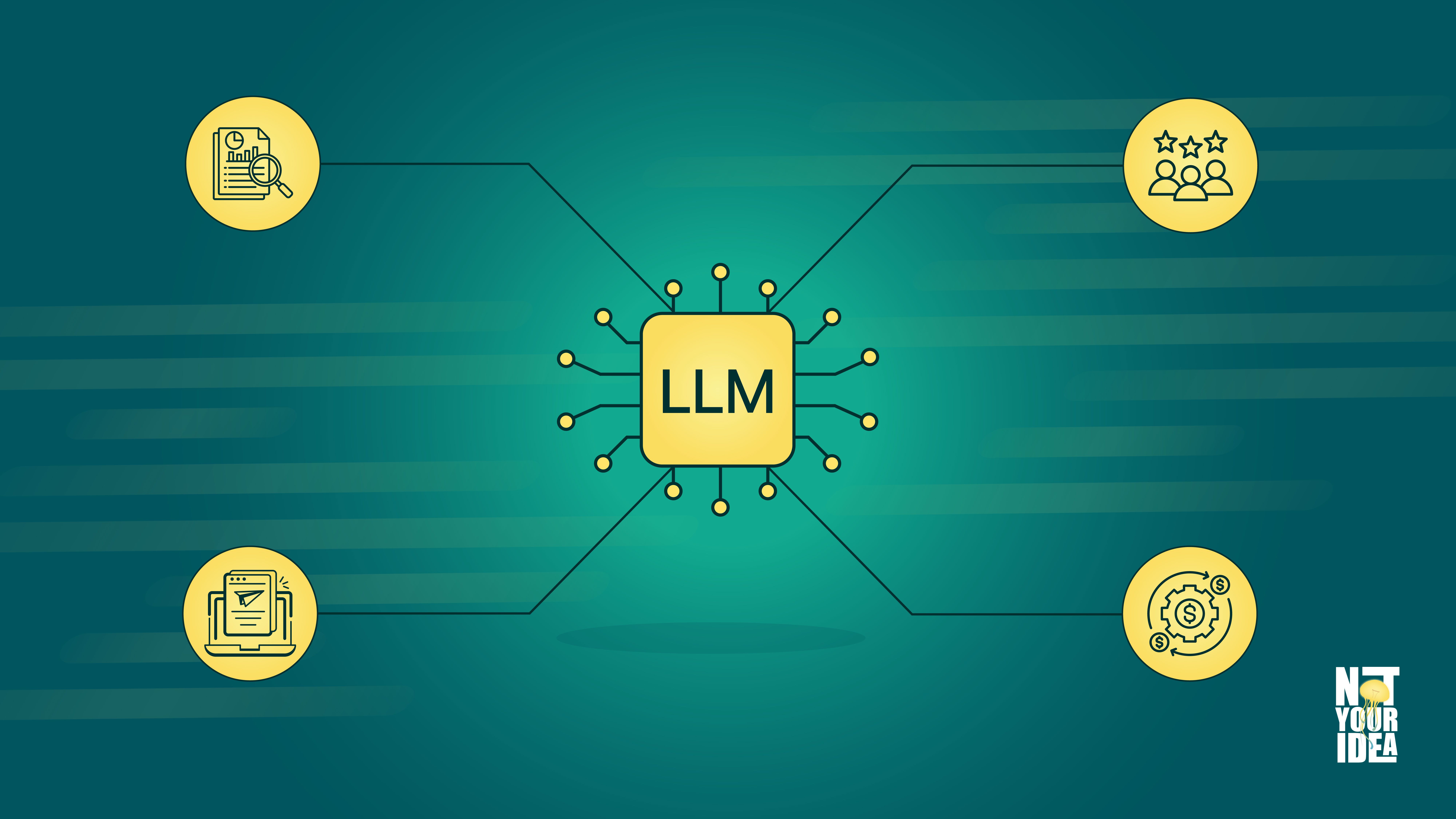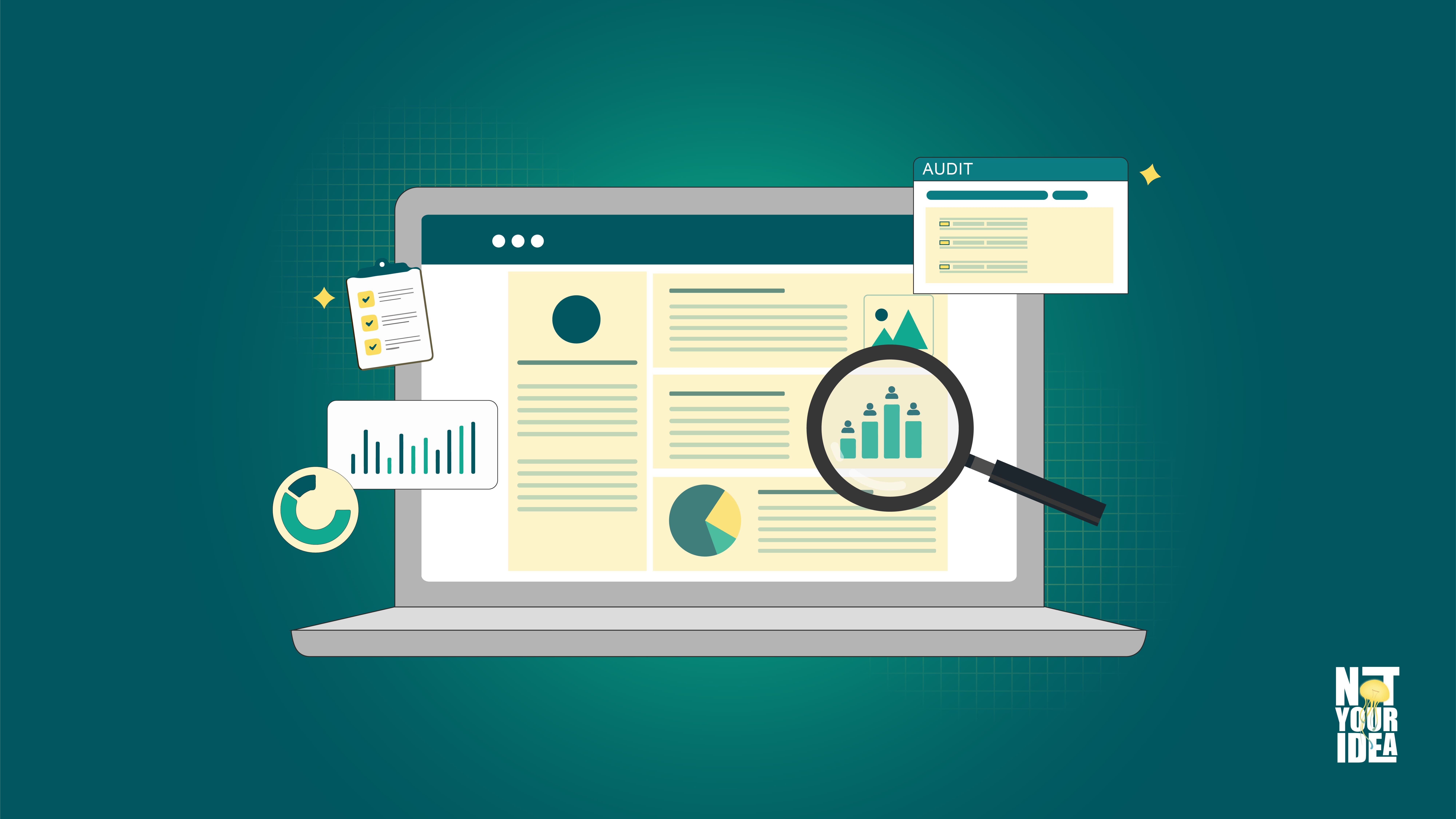Measuring marketing ROI is more important and complicated than ever. Customers jump between several touchpoints before making a purchase, data collection is being redefined by privacy laws, and business leaders require accountability for every marketing dollar invested. By doing it the right way, measuring marketing ROI in 2025 need not be daunting. Let’s get to the bottom of what matters most.
The Modern Marketing ROI Challenge
The traditional marketing ROI measurement is simply how much revenue you generated through your marketing, versus the amount you spent generating that revenue. It has a fairly straightforward formula too:
Marketing ROI = (Revenue Generated - Marketing Investment) / Marketing Investment × 100
But, today’s marketing landscape looks nothing like it did even five years ago. Customers might see your Facebook ad, research your product on Google, read reviews, visit your website three times, abandon their cart, receive a retargeting email, and finally purchase through a different browser entirely.
Old-school measurement tends to credit only the last touch, typically that final email or Google search. What about all the other touchpoints that pushed the customer through their journey? Well, this is where ROI measurement takes a turn from straightforward math to nuanced decision-making.
10 Must-have Strategies for Marketing ROI Measurement in 2025
1. Break Out of Last-Click Attribution
Breaking out of last-click helps you see the full customer journey, understand which channels drive impact, and make smarter budget decisions. It certainly remains useful for lower-funnel tactics and to evaluate the effectiveness of specific campaigns that drive instant conversions. However, recent trends are more nuanced, combining last-click with other attribution models and broader marketing analytics. This results in insights that accurately reflect the varied and multi-platformed customer journey.
Multi-touch attribution models distribute credit across every interaction that led to a conversion, giving you a clearer understanding of what’s really working. Use linear attribution (even credit across all touchpoints), time decay (greater credit to newer interactions where recent interactions are more influential), or position-based models for more insight than last-click attribution.
Pro tip: You can start with a basic multi-touch model to take a step beyond last-click attribution, like linear or time decay models. At a later point is when you can consider U-shaped or W-shaped attribution models.
2. Think Long-Term with Customer Lifetime Value
Customer Lifetime Value (CLV) refers to the total revenue a business can expect from a single customer throughout their entire relationship with a company. By understanding CLV, businesses can make informed decisions about customer acquisition, marketing strategies, and customer service efforts.
For instance, Campaign A acquires 100 customers who spend ₹50 each the first time. Campaign B acquires 50 customers who spend ₹100 apiece the first time. At first sight, a marketer would opt for Campaign A on volume and upfront ROI. But, what if Campaign A's customers never return, while Campaign B's customers make additional purchases of ₹500 over three years?
Incorporating Customer Lifetime Value (CLV) into your ROI calculations helps you make smarter long-term decisions. Instead of optimizing for immediate conversions, you're optimizing for customers who will grow your business over time. You double down on brand loyalty, planning for the long run.
3. Navigate Privacy-First Measurement
Traditional customer tracking methods like third-party cookies, pixel tracking, and device fingerprinting are slowly losing ground due to updates like cookie depreciation and increased privacy regulations. However, this doesn’t mean measurement is off the table. Instead, it calls for a shift toward more privacy-conscious and accurate approaches.
Building strong first-party data through channels such as newsletters, account registrations, loyalty programs, and direct customer surveys becomes critical. In addition, implementing server-side tracking can improve data accuracy; it captures interactions directly on your servers, bypassing some of the limitations of browser-based tracking.
Tools like Google’s Enhanced Conversions allow you to securely link your first-party data with broader ad platforms in a way that respects user privacy. Similarly, Facebook’s Conversion API and emerging privacy-focused analytics solutions offer ways to maintain measurement without infringing on new privacy standards.
Leaning on outdated tracking methods means risking incomplete or inaccurate data and being perceived as a privacy breach by potential customers. Brands that form direct connections with their customers will possess a huge measurement advantage over those who are solely dependent on third-party tracking. Embracing modern techniques ensures you can still gather the insights necessary to optimize your marketing effectively.
4. Connect Your Cross-Channel Data
If you’re like most brands adopting digital transformation, chances are you’re present on at least two or three online platforms your customers frequent. But, if your paid search team is delighted at 300% ROI, your social media team is at 250% ROI, but your overall revenue is stagnant, something’s wrong. Frequently, channels are cannibalizing one another unknowingly or collaborating in ways that aren't reported when in silos.
This is where cross-channel data comes in; it typically involves gathering information from various marketing platforms such as social media, email, and paid research, and consolidating it into a unified view. This allows marketers to understand how different channels interact, accurately track customer journey, and optimize marketing strategies accordingly.
5. Distinguish Between MQLs and SQLs
All leads are not equal, and your calculations of ROI should take this fact into account. A Marketing Qualified Lead (MQL) is someone who shows interest, typically by taking some action like downloading a resource, signing up for a newsletter, or attending a webinar. A Sales Qualified Lead (SQL), on the other hand, is a potential customer that your sales team believes is highly likely to purchase your services.
It is important to monitor both metrics but value them differently in your ROI analysis. Let’s say Campaign A returns 200 MQLs that become 10 SQLs, and Campaign B returns 50 MQLs that become 20 SQLs. With the higher conversion of the two, Campaign B is likely worth more, despite the smaller MQL quantity.
A practical approach would be to work closely with your sales group to establish clear definitions for SQLs. Then, consistently track MQL-to-SQL conversion rates for each of your marketing channels to understand which campaigns are driving revenue.
6. Account for Time Lags
Failing to account for different sales cycle lengths and conversion times can ultimately seriously hamper your ROI calculations. When you see a one-size-fits-all conversion window, you risk undervaluing long-term, top-of-funnel efforts. This leads to underinvestment in campaigns that nurture prospects over time and overinvestment in channels that drive quick but potentially less valuable conversions.
To avoid this, start by getting a clear understanding of the typical sales cycle for each product or campaign, then setting an attribution window that reflects these timelines. It’s best to use a flexible attribution model or a customizable analytics tool that lets you capture the full impact of your marketing across the entire customer journey. This approach provides a more apt view of performance, enabling smarter budget allocation and stronger ROI over the long run.
7. Test for Incremental Lift
Incremental lift refers to additional impact, like sales or conversions, that a marketing campaign generates beyond what could have occurred naturally without the campaign. It isolates the true measurable impact of marketing efforts by distinguishing them from baseline performance or organic growth. Essentially, it answers the question that keeps many marketers up all night: “Would these customers have bought anyway, even without our marketing?”
Incremental lift testing provides some insight. Run geo-tests (turn off ads in some markets and compare them to similar markets where ads remain). Use holdout groups (specific audience segments excluded from a campaign); observe the difference between the group exposed to the campaign, and the holdout.
These tests can be an eye-opener. You may find your branded search campaigns to have less incremental lift than anticipated (those searching your brand name may convert anyway), while your possibly “low-performing” display campaigns are really generating large incremental sales.
8. Measure Brand Impact and Upper-Funnel Activities
Not everything that counts directly correlates with short-term sales. Brand awareness efforts, thought leadership pieces, and community building all play a role in long-term success, but are more difficult to quantify using standard ROI metrics. These efforts build trust, familiarity, and preference, which influence buy-in decisions over time rather than on the spot.
Opt for brand lift studies that measure the impact of advertising campaigns on consumers’ perception and behaviors towards the brand. This helps to quantify changes in awareness and consideration. Customer surveys are another valuable tool; they provide insight into how people discovered your brand and what influenced their decision to engage or purchase.
As consumer expectations evolve, so must our definition of value. Increasingly, buyers are factoring in social responsibility, sustainability, and ethical practices when choosing who to do business with. Recognizing this, some forward-thinking companies are now including reputation and impact metrics in their ROI calculations, understanding that long-term brand equity isn’t just built on performance, but also on purpose.
9. What Your Marketing Actually Costs You
Most ROI calculations are impressive until you include all the real costs incurred. A ₹50,000 ad spend campaign may end up costing you ₹95,000 when you factor in things like creative development and vendor charges. This is particularly important during economic uncertainties, when CFOs need evidence that their marketing investment fuels actual business outcomes and not merely vanity metrics.
In addition to ad spend, take into account things like:
- Platform commissions and fees
- Cost of creative production
- Marketing technology subscription costs
- Agency costs and internal staff time
- Opportunity costs of resources used in alternative campaigns
10. Construct Real-Time Visibility
Real-time visibility is crucial for improving efficiency, reducing cost, and enhancing customer satisfaction. Without real-time data, businesses operate with outdated information, leading to inefficiencies, higher costs, and potential revenue loss.
Install automated dashboards that give you near real-time visibility into your most important ROI metrics. Construct alerts that inform you when performance falls below specific thresholds. The logic is simple—the faster you can spot and fix performance problems, the better your overall ROI will be.
AI and machine learning platforms are improving at detecting patterns and optimizing for ROI on autopilot. But they still require human intervention to maximize the right metrics and take into account the business context that algorithms will overlook. You can begin with daily snapshots of performance on your highest-spending campaigns, then grow to more detailed real-time reporting as you gain confidence in your measurement infrastructure.
Putting It All Together
Measuring marketing ROI well in 2025 isn't about adopting every advanced tool simultaneously—it's about developing a measurement base that makes you comfortable with making marketing decisions. The successful brands will be the ones able to show tangible links between their marketing efforts and business outcomes, effectively keeping pace with ever-evolving channels and consumers.
FAQs
What is the Future of Marketing in 2025?
In terms of digital marketing skills, 2025 will witness the growing value of soft skills, the need to enhance AI abilities and knowledge, and the importance of broadening your knowledge outside of marketing.
How Do You Measure ROI In Marketing?
Companies use return on investment (ROI) to analyze whether a marketing strategy was cost-effective; i.e., a high ROI shows that the marketing campaign was successful. The easiest method for calculating ROI is to divide the net gain in sales by the marketing expense.
What is a good ROI for Marketing?
Most businesses consider 5:1 to be a good benchmark ratio for marketing ROI. This means that at least $5 of revenue should be generated for every $1 of marketing spend. However, individual requirements will always differ.
What is an ROI Tool?
ROI tools help to automate ROI calculation based on user-provided data like generated profit or investment costs. It helps users better understand their campaign or project profitability and can also generate reports across different initiatives, used to tweak strategies accordingly.
What are the Key Metrics for Evaluating Marketing Effectiveness?
Key metrics include Customer Acquisition Cost (CAC), Customer Lifetime Value (CLV), Conversion Rates, Return on Investment (ROI), Click-Through Rate (CTR), and Brand Awareness.



